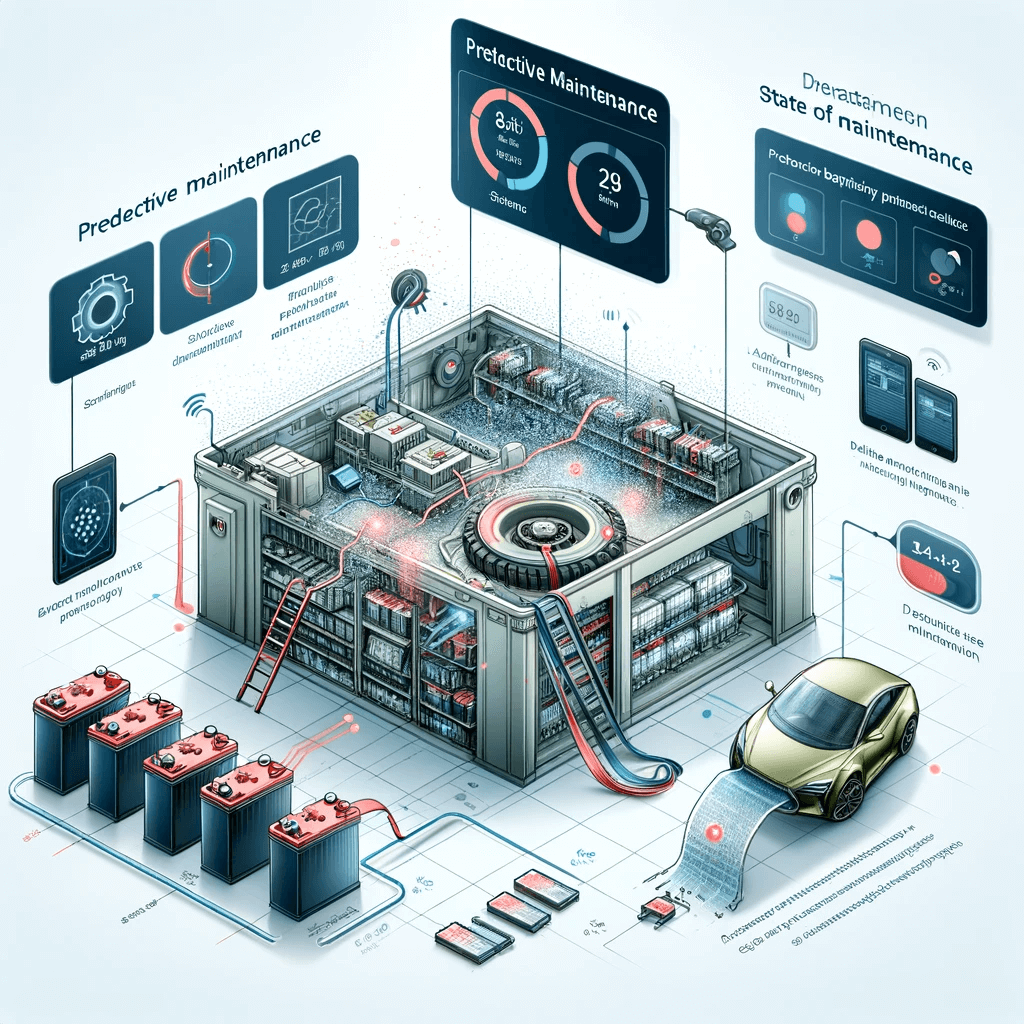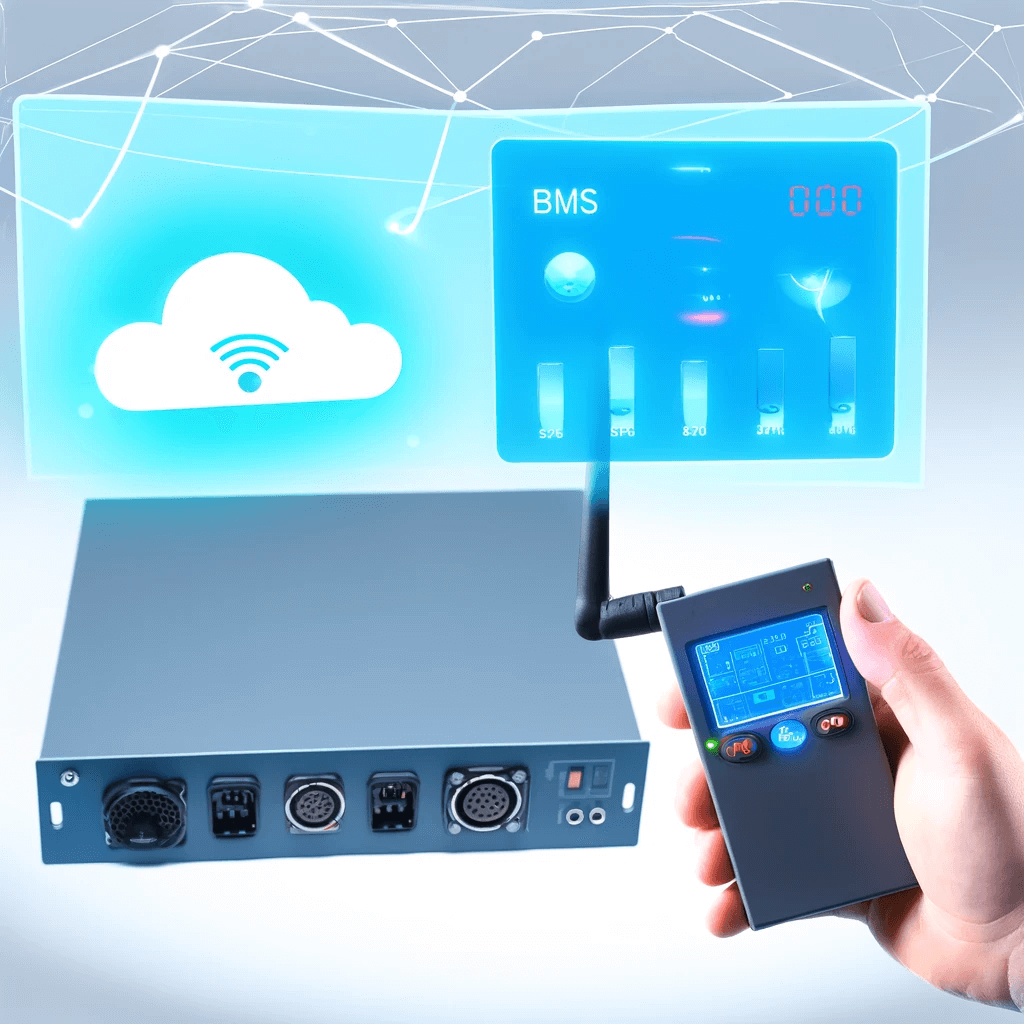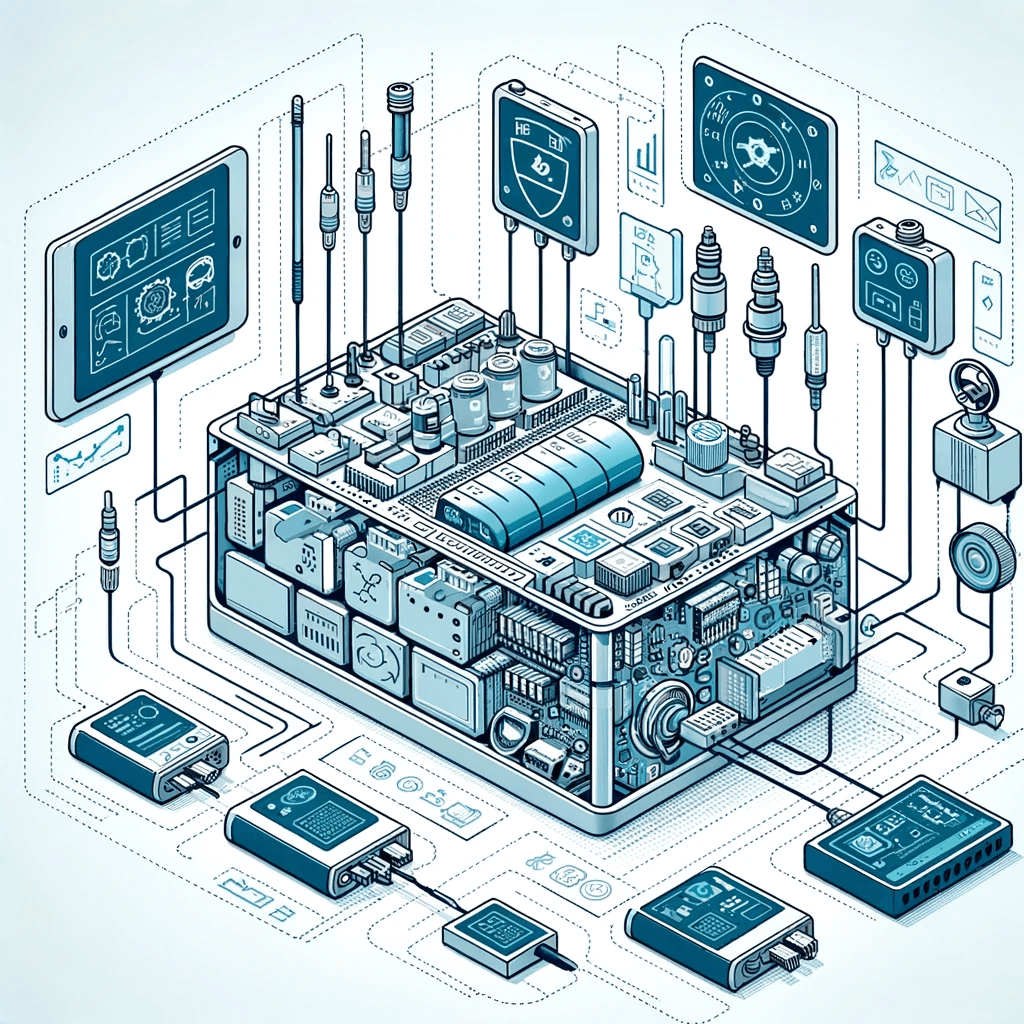Battery Management System (BMS) Integration: The Key to Efficient Battery Charging
In modern electric device technology, Battery Management Systems (BMS) play a pivotal role in ensuring the safe and efficient operation of rechargeable batteries. The BMS integrates with both the hardware and software components of the charging system, optimizing performance while protecting against potential hazards. This article will explore the importance of BMS integration, its core functions, the technology behind it, and its applications in the context of electric device charging.
Core Functions and Importance of BMS Integration
A well-integrated BMS serves as the central nervous system of a battery-powered device, providing real-time monitoring and control of the battery pack’s state. The primary functions of a BMS include:
1. State of Charge (SOC) Estimation: Accurately determining the remaining battery capacity to inform users about the available charge.
2. State of Health (SOH) Monitoring: Tracking the battery’s aging and overall health to predict its remaining lifespan.
3. Cell Balancing: Ensuring all cells in a battery pack have the same voltage to optimize charging efficiency and extend battery life.
4. Temperature Management: Monitoring battery temperature to prevent overheating and thermal runaway.
5. Protection Mechanisms: Guarding against conditions such as overcharging, over-discharging, and short circuits that could damage the battery or device.

Technology Behind BMS Integration
Integrating a BMS involves a combination of hardware and software designed to interact seamlessly with the battery pack and the charging system. Key technological components include:
1. Sensing and Measurement: Sensors measure critical parameters like voltage, current, and temperature at various points in the battery pack.
2. Communication Interface: Allows the BMS to communicate with the charger, device, and external systems to share data and receive commands.
3. Microcontroller Unit (MCU): Acts as the brain of the BMS, processing sensor data and executing control algorithms to manage the battery.
4. Control Algorithms: Software algorithms that analyze data to estimate SOC, SOH, and implement cell balancing and protection measures.

Practical Applications of BMS Integration
In electric device charging, BMS integration offers several practical applications:
1. Optimized Charging: By dynamically adjusting charging current and voltage based on the battery’s status, the BMS ensures efficient and safe charging tailored to the specific needs of the battery pack.
2. Predictive Maintenance: By continuously monitoring the SOH, the BMS can predict battery degradation and alert users or service centers about maintenance needs.
3. Extended Battery Life: Cell balancing and optimized charging significantly extend battery life by preventing individual cells from becoming overstressed.
4. Improved Safety: The BMS quickly detects abnormal conditions like over-temperature or over-voltage, immediately taking action to prevent accidents.
5. Remote Monitoring and Control: Advanced BMS systems can connect to external networks, enabling remote monitoring, firmware updates, and data analysis.

Challenges in BMS Integration
Integrating a BMS presents several challenges:
1. Complex System Design: Balancing the hardware and software components of a BMS requires sophisticated engineering to achieve accuracy and reliability.
2. Cost Considerations: Adding a BMS increases the cost of the overall system, which may not be justifiable for low-cost devices.
3. Compatibility Issues: Ensuring the BMS works seamlessly with various battery chemistries and charger designs can be complex.
Future Developments
The role of BMS in electric device charging will continue to evolve with advancements in battery technology and charging algorithms. Future developments may include:
1. Enhanced Predictive Algorithms: Utilizing machine learning to improve predictive maintenance and energy optimization.
2. Increased Integration: Combining BMS with other power management systems for more comprehensive energy control.
3. IoT Connectivity: Enabling better remote monitoring, control, and data analytics through cloud-based services.
BMS integration is critical for safe, efficient, and long-lasting battery operation. As electric device technology advances, BMS will continue to be at the forefront of innovation in power management and smart charging solutions

